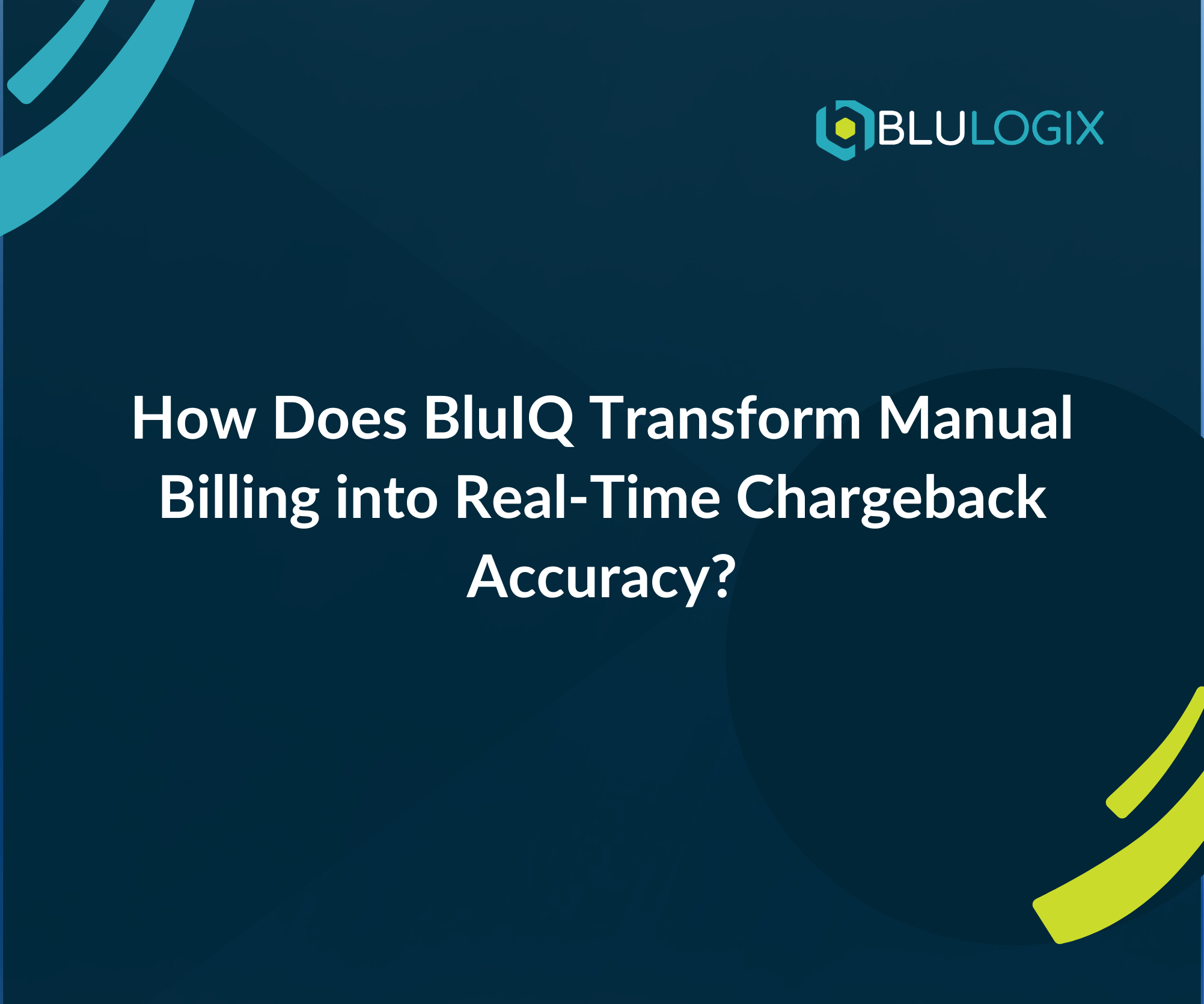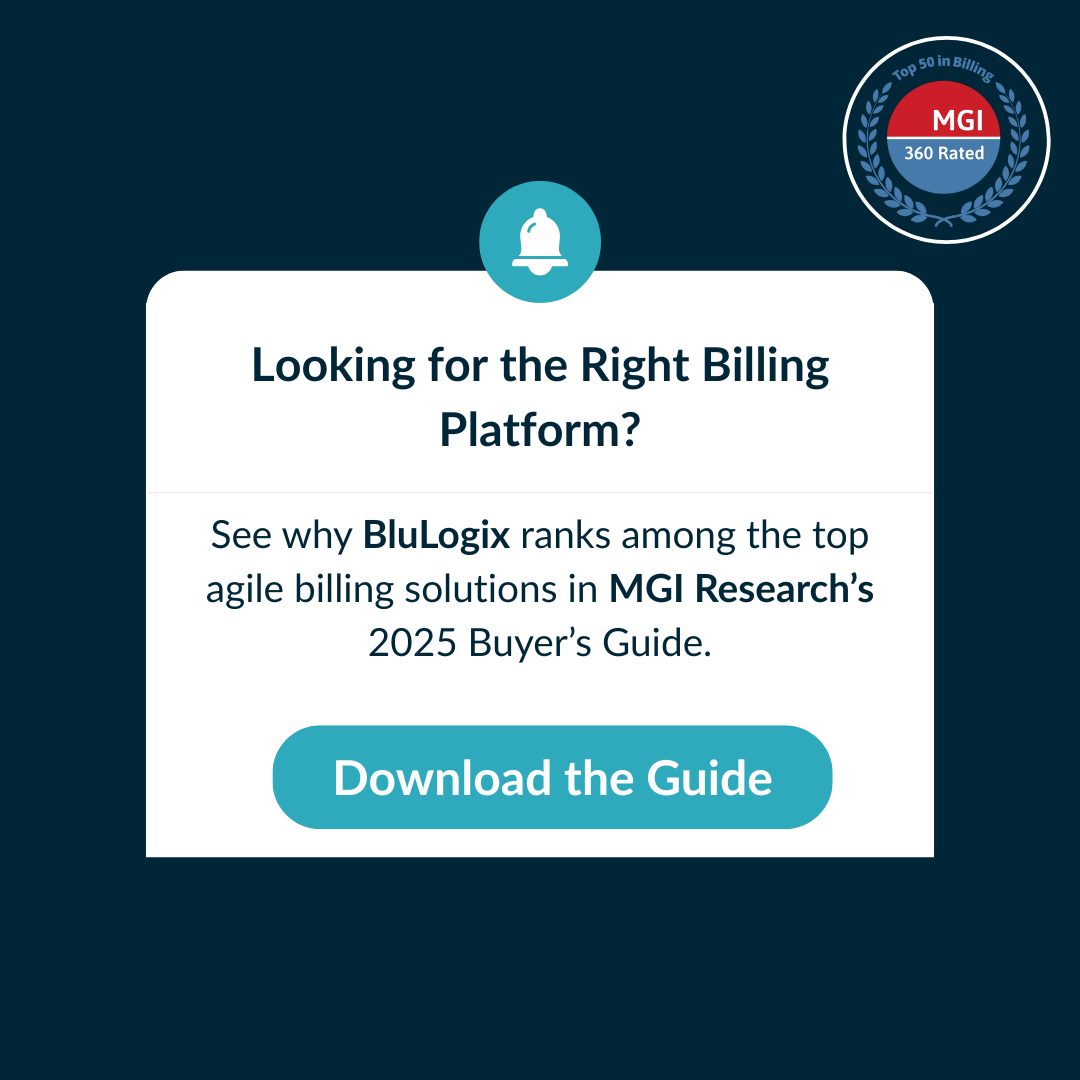How to Evaluate the Total Cost of Ownership (TCO) of a Robust Subscription Billing Platform
When selecting a subscription billing platform, it’s important to consider more than just the upfront cost. The Total Cost of Ownership (TCO) encompasses all expenses related to the implementation, operation, and maintenance of the platform over its lifecycle. A comprehensive subscription billing platform may offer a range of valuable features, but a thorough understanding of its TCO is key to making a well-informed choice. This blog post aims to delve into the various components that make up the TCO of a subscription billing platform and evaluate how this cost aligns with the benefits it provides.
Take your business further with BluIQ’s flexible, scalable, enterprise-grade intelligent billing solutions.
Breaking Down Initial Costs
Licensing Fees: The initial investment in a subscription billing platform typically includes licensing fees. These fees can vary depending on the specific requirements of your business, such as the number of users, the volume of usage, and the range of features needed.
Implementation: You’ll need to budget for the implementation of the platform. This may involve data migration, system integration, and configuration based on your unique billing requirements.
Ongoing Costs
To calculate the ROI of investing in BluIQ, consider the following factors:
- Operational Cost Savings: Calculate the reduction in operational costs due to automation and efficiency gains.
- Reduced Billing Errors: Estimate the savings from avoiding billing errors and customer disputes.
- Scalability Benefits: Assess how BluIQ’s scalability supports your business growth and prevents the need for frequent platform upgrades.
- Customer Retention: Consider the impact of enhanced customer experiences on subscriber retention rates.
- Data-Driven Decisions: Factor in the value of data-driven insights in optimizing pricing and offerings.
- Compliance Costs: Calculate potential savings related to compliance with tax regulations.
Once you’ve gathered data on these factors, you can calculate the overall ROI of your BluIQ investment. The ROI typically becomes more evident over time as the platform continues to deliver cost savings and operational improvements.
Why Choose BluIQ by BluLogix?
Subscription Fees: The provider often charges a recurring subscription fee for using the subscription billing platform. This fee may be based on factors like the number of customers, transactions processed, or the level of support you require.
Support and Maintenance: Ongoing support and maintenance are essential to keep your subscription billing platform running smoothly. The provider typically offers support packages that include assistance, updates, and bug fixes.
Training: To ensure your team can effectively utilize the platform’s features, you may need to invest in training sessions or resources. The provider may offer training programs tailored to your organization’s needs.
Customization: If your business has unique billing requirements or needs additional features, you may incur costs associated with customizing the platform to meet your needs. Look for a platform that includes configuration rather than customizations and gives you an extensible platform to do simple modifications.
TCO Considerations
Now, let’s examine the factors that contribute to the overall value proposition of a robust subscription billing platform:
- Efficiency Gains
The platform’s automation and self-service capabilities can significantly increase your billing team’s efficiency. Reduced manual effort and faster billing cycles can lead to operational cost savings.
- Accuracy and Reduced Errors
Automation minimizes billing errors, which can result in cost savings related to dispute resolution, customer credits, and reputation management.
- Scalability
As your business grows, the platform scales effortlessly, allowing you to manage a larger customer base without proportionally increasing your operational costs.
- Customer Satisfaction
A more efficient and accurate billing process enhances the customer experience, potentially reducing churn and increasing customer lifetime value.
- Revenue Growth
The platform’s capabilities can help you capture revenue more effectively, potentially offsetting the TCO through increased revenue streams.
- Competitive Advantage
Efficient billing processes can give you a competitive edge, helping you win and retain customers in a crowded market.
Comparing TCO
When evaluating the TCO of a robust subscription billing platform, consider how the platform’s features and capabilities align with your business goals. The benefits of efficiency gains, accuracy, and scalability may outweigh the initial and ongoing costs associated with the platform. It’s essential to perform a thorough cost-benefit analysis to assess the platform’s long-term value.
Understanding the Total Cost of Ownership is crucial when selecting a subscription billing platform like a robust subscription billing platform. While there are initial and ongoing costs, the platform’s efficiency gains, accuracy, scalability, and impact on customer satisfaction and revenue growth can provide substantial long-term value. By carefully evaluating the platform’s TCO in the context of your business needs, you can make an informed decision that benefits your organization’s bottom line and strategic objectives.
Take your business further with BluIQ’s flexible, scalable, enterprise-grade intelligent billing solutions.
Learn more

How AI and Predictive Analytics Are Transforming Revenue Processes for Finance Teams

How Can Public Sector Organizations Turn Chargeback into Strategic Cost Recovery?



